In the ever-evolving world of web design, staying ahead of the curve requires not just talent and creativity but also the right tools. For US designers, choosing the right software can significantly enhance productivity, streamline workflows, and ensure that the end product is both visually appealing and highly functional. Here’s a roundup of the top web design tools and software that are making waves in the industry today.
Adobe XD
Adobe XD is a powerful tool for UI/UX design, offering features that allow designers to create wireframes, prototypes, and high-fidelity designs. Its integration with other Adobe Creative Cloud apps makes it a seamless choice for designers already familiar with Adobe’s ecosystem. Adobe XD stands out with its responsive design capabilities and collaborative features, enabling multiple designers to work on the same project simultaneously.
One of Adobe XD’s standout features is its robust collaboration tools. Designers can share prototypes with stakeholders or team members for real-time feedback, fostering iterative improvements and ensuring alignment throughout the design journey. Version control features further enhance collaboration by keeping track of design iterations and facilitating easy rollback to previous versions if needed.
Sketch
Sketch has been a favorite among web designers for years, particularly for its vector-based design capabilities and ease of use. It’s known for its robust library of plugins and integrations that extend its functionality. Sketch is ideal for creating detailed design systems and offers powerful tools for creating reusable components, making it a top choice for designing consistent user interfaces.
Vector Editing
Sketch’s vector editing capabilities allow designers to create scalable graphics and icons with precision. This makes it ideal for designing UI elements that need to adapt seamlessly across various screen sizes and resolutions.
Artboard System
The artboard system in Sketch simplifies the organization of design elements within a project. Designers can create multiple artboards for different screen sizes or iterations of a design, facilitating a structured workflow.
Plugins and Integrations
One of Sketch’s greatest strengths is its extensive plugin ecosystem. Designers can enhance Sketch’s capabilities by integrating plugins for tasks such as prototyping, collaboration, and exporting assets. Plugins like Craft by InVision expand Sketch’s functionality by enabling designers to sync designs with live data and create interactive prototypes directly within Sketch.
Design Libraries
Sketch allows designers to create and maintain design libraries or style guides, ensuring consistency across projects. This feature is particularly valuable for teams working on large-scale projects or for agencies managing multiple client accounts.
Responsive Design Tools
Sketch includes tools that facilitate responsive design, such as resizing constraints and adaptive layouts. Designers can preview how designs will look on different devices and adjust layouts accordingly, ensuring a consistent user experience across platforms.
Figma
Figma has rapidly gained popularity due to its cloud-based platform that enables real-time collaboration. It’s perfect for teams working remotely, as it allows multiple designers to work on a project simultaneously and provides version control features. Figma’s prototyping tools are also top-notch, enabling designers to create interactive prototypes that can be easily shared and tested.
Real-time Collaboration
Figma’s biggest strength lies in its ability to enable multiple designers to work together on a project simultaneously. Changes made by one team member are instantly visible to others, fostering a more efficient and cohesive design process.
Prototyping and Design
Figma offers robust prototyping capabilities that allow designers to create interactive prototypes directly within the same tool they use for design. This integration streamlines the workflow from initial concepts to final interactive designs.
Design Systems and Libraries
Designers can create and maintain comprehensive design systems in Figma, ensuring consistency across projects. Shared component libraries and styles enable teams to reuse elements easily, reducing redundancy and speeding up design iterations.
Version History and Comments
Figma keeps a detailed version history of projects, allowing designers to revert to previous versions if needed. Comments and annotations can be added directly to designs, facilitating clear communication and feedback among team members.
Responsive Design
Figma supports responsive design practices, allowing designers to preview and adjust layouts for different screen sizes and devices. This capability ensures that designs look polished and function well across various platforms.
Plugins and Integrations
Figma boasts a growing ecosystem of plugins that extend its functionality. These plugins range from design utilities to integrations with other tools like Slack and Jira, enhancing productivity and expanding design possibilities.
InVision Studio
InVision Studio combines design, prototyping, and animation into one cohesive platform. It offers advanced animation capabilities that allow designers to create stunning, interactive user experiences. InVision’s cloud collaboration features and seamless integration with other design tools make it a robust choice for comprehensive web design projects.
Webflow
Webflow bridges the gap between design and development, allowing designers to create responsive websites without writing code. Its visual editor provides a high level of design flexibility, while its CMS (Content Management System) capabilities make it a powerful tool for building dynamic, content-driven websites. Webflow is particularly beneficial for designers who want more control over the final website without relying heavily on developers.
Affinity Designer
Affinity Designer is a vector graphics editor that offers a more affordable alternative to Adobe Illustrator. It’s known for its smooth performance, even when handling large documents with many objects. Affinity Designer’s comprehensive set of design tools and its ability to switch between vector and raster workspaces make it a versatile choice for web designers.
Canva
While Canva is often associated with social media graphics and marketing materials, its web design capabilities are not to be underestimated. Canva’s user-friendly interface and extensive template library make it an excellent tool for designers who need to quickly create attractive web pages or digital assets. It’s particularly useful for small businesses or solo designers who need to produce high-quality designs without a steep learning curve.
WordPress
WordPress remains a cornerstone of web design due to its flexibility and vast array of themes and plugins. Designers can leverage WordPress to create anything from simple blogs to complex e-commerce sites. Its open-source nature allows for extensive customization, and its community of developers ensures a constant stream of new features and improvements.
Elementor
Elementor is a drag-and-drop page builder for WordPress that empowers designers to create custom layouts and designs without writing code. Its intuitive interface and extensive widget library make it a powerful tool for building visually stunning websites. Elementor’s ability to create responsive designs ensures that websites look great on all devices.
Bootstrap
Bootstrap is a front-end framework that simplifies the development of responsive, mobile-first websites. It provides a collection of pre-designed components and templates that can be easily customized. Bootstrap’s grid system and extensive documentation make it a favorite among web designers looking to streamline their development process.
Conclusion
Choosing the right web design tools and software is crucial for creating impactful digital experiences. At Rank Fortress, based in the USA, we understand the importance of selecting tools that streamline creativity and enhance user engagement. Whether you’re a freelance designer or a large agency, our curated list of top picks ensures you have the power to craft stunning websites that captivate your audience.
For more information on optimizing your web design process or to explore how we can assist in your digital marketing strategies, contact Rank Fortress at (904)770-5783. Let’s elevate your online presence together with innovative design solutions tailored to your unique business needs.

